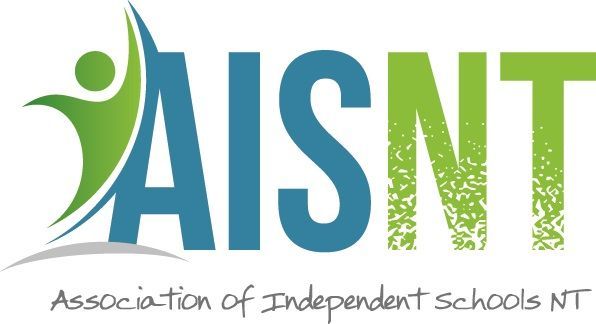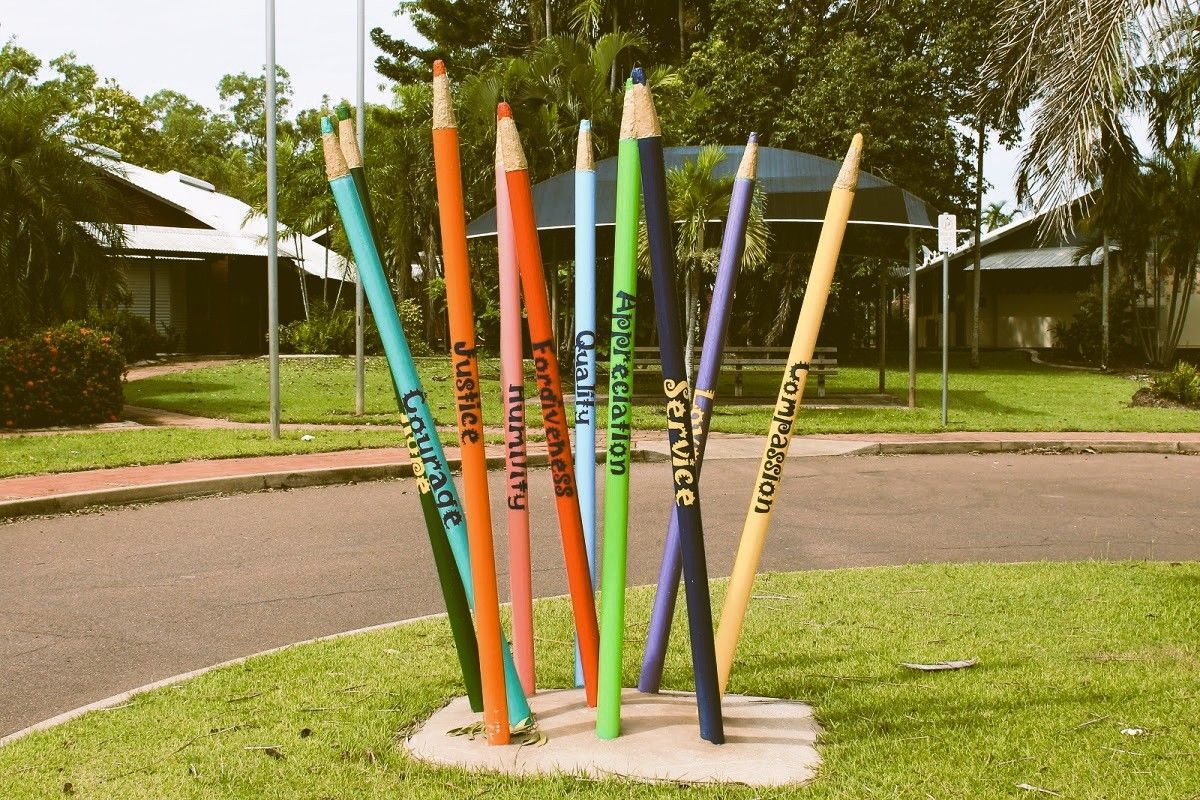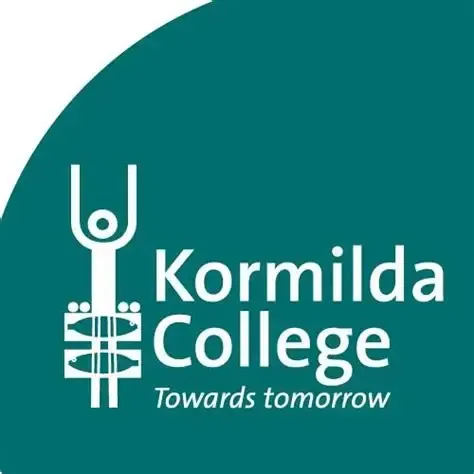Using Economic Theory as an Assistance
I went to Monash University commencing, in 1970, to undertake my undergraduate degree, Economics. I chose Economics for a range of rational reasons but my first love was Outdoor Ed. Unfortunately there were no degree courses available in it at that time. Years later, my son did Outdoor Ed at Latrobe Bendigo and if that course had been available, I would have taken it. Another of my chief loves was History and so I took Economic History as a major and loved it. Other aspects of my degree, which I really enjoyed, were: Labour Economics, Agricultural Economics, International and Growth Economics and Geography. Though I’ve had to deal with financial accounts as a Principal, ironically I didn’t study any accounting. However, from my study of Economics a number of Economic concepts became useful beacons for me as I developed and managed the school. They provided a focus for thinking. It has been on my mind to present these because they may be of use for a Principal tackling what is a difficult and complicated task.
Demand, Supply and Price.
This concept is obviously fundamental in a school. Each of the interrelated concepts have their own sensitivities which can be explored to whatever depth is desired. All Principals should keep a keen eye on Demand and be aware of the many sensitivities that effect it. These are likely to change from school to school and perhaps over time. However Demand will be affected by such things as: - whether students want to go to the school; how happy students are at the school; - whether parents see the school as successful; the quality of education offered; - the range of subjects available; - what extra assistance is available; - the presentation of the school; - the atmosphere in the school; - how successful students are.
Any Principal could go on for pages and no doubt different people will place varying importance on items to be listed. The picture of a cake shop was a regular of mine. If the proprietor of the cake shop is not conscious of the quality of the cakes in the shop window customers will not be attracted and therefore will not enter the shop. This analogy stuck with me throughout my time as Principal. It was simple and easy to focus on. Staff could also readily understand it.
Considering Supply, all Principals will be aware of the number of schools in competition and the size of the market. A school which is struggling can have an affect on others if it improves. However, competition is another economic concept and can in fact put positive pressure on the quality of the market but can also be a little daunting. A Principal should develop a good and current understanding of the school’s market.
Price is always a central issue, and when setting fee levels, Boards are usually highly challenged by this. The fee will be contingent on the capacity of the people in the market to pay but if the fee is too low and the quality of what is offered suffers, the demand is likely to fall even though the fee may be under that of a more impressive competitor. Parents ultimately want the best for their children and usually will suffer financial pain to get this. Being second rate will not enhance demand. Schools who are financially challenged need to be clever and creative about what they offer and how they offer it.
Because a Principal has little opportunity to change Supply, it is the Demand and Price side of a school which requires strategic consideration. Fees are sensitive parts of this sum and Boards and Principals should consider, amongst other issues, how they are billed, how they can be most painlessly paid, what concessions can be made, what bursaries can be awarded. Schools with good per capita funding can offer a concession so as not to lose the student but will still be gaining some income anyway.
Savings and Investment.
The old saying in Economics is “if you are not going forward you are going backwards.” Whilst this may not always be the case, it is good to test your operation regularly with this sentence. The equation from Economics of Savings=Investment is important. To maintain a high level of Savings may create initial peace of mind, but with the absence of other income and therefore the absence of Investment, the school may stagnate, start to look shabby and begin to move backwards, usually accompanied by a fall in enrolments. Investment will not only herald progress but will generate enthusiasm and excitement, two very powerful factors of a successful school. Of course Investment does not only have to be in buildings but can also be in exciting programs.
When there is no Savings to Invest, a school may have to consider borrowing wisely. The hope will be that the improvement in the school from the Investment of borrowed money will in fact encourage more students to come. The details of this equation should be understood and regularly considered. It is not helpful if the bottom line is the only figure considered. Rather, the implications of the level of Expenditure on the effective operation of the school should be analysed.
Opportunity Cost
Opportunity Cost is such an effective way to analyse competing priorities and related Expenditure. Simply put, two items of Expenditure, A and B, could be considered. The Opportunity cost of A is the effect of not purchasing B. In real terms A may be a Troopy and B a Bus. The school can’ t afford both. Both may be similarly priced. The cost of buying the Troopy and therefore the benefits it brings is not considered as simply a dollar amount but rather considered as foregoing the bus and the benefits a bus could bring. The merits of the Expenditure of each should be weighed with such considerations as: the education program, safety, effect on students’ progress and well being, effect on staff, parental attitudes, and of course, overall, the progress of the strategic plan and enhancement of school culture. It is indeed misguided to simple say we can’t afford A without doing an opportunity cost assessment which may focus on purchasing B, or considering items other than B such as C,D or E or indeed two items such as D and E, together.
Law of Diminishing Returns
I first struck this concept in Agricultural Economics. Let’s consider a farm. By using my own manual labour I can prepare and sow the farm in eight months. I use a tractor and can therefore prepare and sow the farm in five months. I add a second tractor and driver and I can prepare and sow the farm in four months. I add a third tractor and driver and I can prepare and sow the farm in 3 months. I add a forth tractor and driver and I can prepare and sow the farm in 2 months. Then, excitedly, I add a fifth tractor and driver and my Productivity begins to drop as the tractors start getting in each other’s way and it now takes 2.5 months. Another tractor and it will take even more time. Graphically the curve generated is a Sigmoid Curve. This Law of Diminishing Returns can be applied to so much. Staff productivity may rise the harder they work but eventually, if exhaustion sets in, they will begin to fumble, make mistakes and productivity starts to decline. Productivity may increase as the Principal works harder and harder but then effectiveness declines as fatigue sets in, decisions become more difficult to make and creative thinking is reduced. In a crisis I sometimes paid staff extra to take on another class. This would perhaps work for four weeks and then fatigue would set in and “the wheels would start to fall off”. So seeing this as a permanent decision was a mistake.
Input and Output
The key Inputs into the Economy, know as the Factors of Production, are Land, Labour, Capital and Entrepreneurship. These Inputs will result ultimately in the Outputs. As a Principal I often used this in my thinking and also regularly would say to staff, “if you use the same Inputs you will get the same Outputs”. Perhaps this can be considered in a future article.
Conclusion
Demand, Supply and Price, Savings and Investment, Opportunity Cost, Law of Diminishing Returns, Input and Output. I found these theories a help in guiding my thoughts and checking whether we were on the right track. They are useful tools of analysis which become, in the end, second nature to use.
Chris Tudor
AISNT Historian & Principal Liaison



